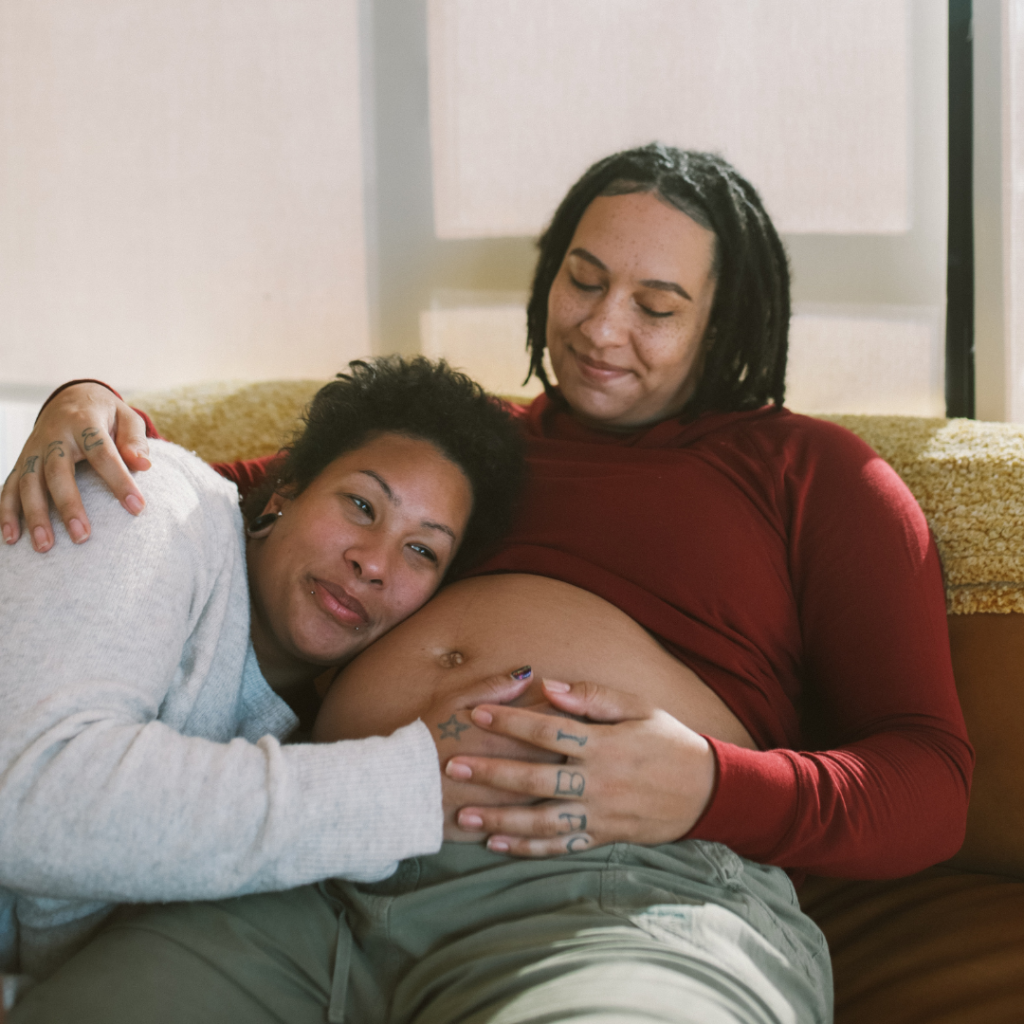
Think back to your first Sex Education class in school, if you were able to take one. The curriculum that covered topics such as relationships, puberty, and reproductive health was probably taught only in the context of cis-hetero relationships, meaning the relationship between a cisgender man and cisgender woman. But what about those who weren’t in line with the “norm”? For those who didn’t identify as “straight” or whose gender expressions didn’t align with gender norms? Where were the resources and education for them?
Because of heteronormativity, being forgotten or left out of conversations about reproductive care is a reality for many LGBTQIA+ folks. According to a 2025 article on “The Bump,” heterosexual and cisgender populations are the focus of most of the clinical trials and studies for reproductive health, and while there is research that focuses on the LGBTQIA+ community, “doctors and clinics aren’t incorporating this knowledge into their practice”. As a result, the quality of care for people who are not cisgender or heterosexual is often inadequate. For instance, in a study that focused on the experiences of transgender men who were still seeking gynecological and reproductive care, one of the conclusions was that those spaces and resources were geared towards cisgender women. Heteronormativity in healthcare spaces can leave people feeling isolated and unsure about care, especially if healthcare providers are not trained in providing care to all populations.
One stereotype that is based in heteronormativity is that same-sex couples and trans folks don’t need to be prioritized in reproductive care because they aren’t going the “traditional” route to having a baby, but that’s far from the truth. Transgender men and women seek out fertility care, and people in same-sex relationships want to be parents. Even if they don’t desire children, everyone deserves access to abortion, STI testing, contraception, reproductive health check-ups, and other forms of reproductive care so that they can have healthy and fulfilling lives.
While heteronormativity operates on a broader societal level, individual experiences of homophobia and transphobia are deeply felt by patients. This includes providers deliberately misusing pronouns, LGBTQIA+ individuals being overlooked when seeking fertility or prenatal care, and same-sex partners not being recognized. These actions create unsafe environments that make it difficult for LGBTQIA+ people to access care. Reproductive justice cannot be achieved if any member of our community feels unsafe or unsupported.
